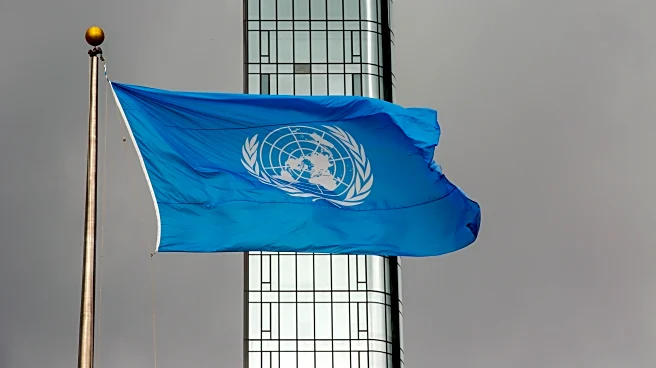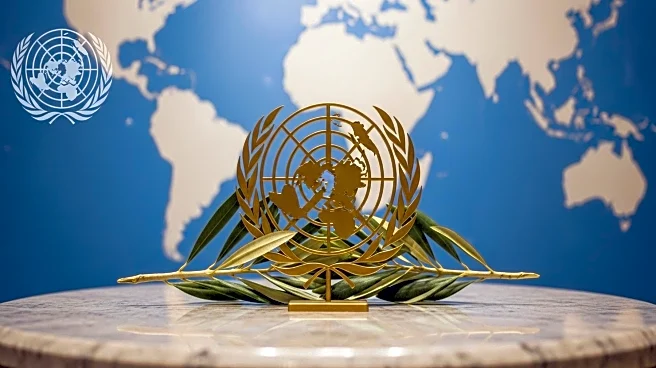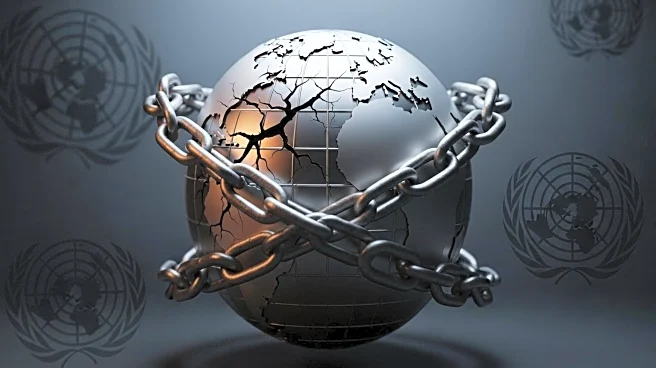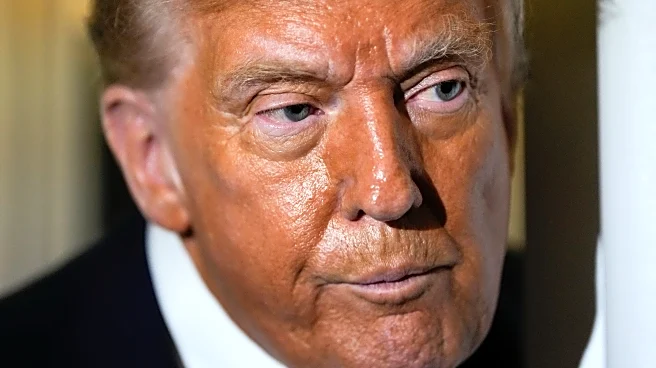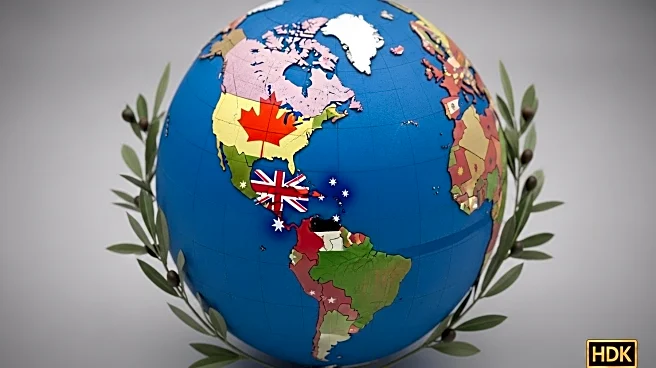What's Happening?
Israel's Foreign Ministry has publicly criticized Palestinian President Mahmoud Abbas following his speech at the United Nations General Assembly. The ministry's response focused on a pin worn by Abbas during his address, which they described as an 'unmistakable symbol of his goal of erasing Israel.' This reaction comes amid ongoing tensions between Israel and the Palestinian Authority, with the speech being delivered at the 79th United Nations General Assembly held in New York, U.S., on September 26, 2024.
Why It's Important?
The criticism from Israel's Foreign Ministry highlights the persistent diplomatic and political tensions between Israel and the Palestinian Authority. Such public exchanges can influence international perceptions and potentially impact diplomatic relations and peace efforts in the region. The symbolism of the pin, as interpreted by Israel, underscores the deep-seated issues that continue to challenge the peace process. This development may affect future negotiations and the broader geopolitical dynamics involving other nations and international bodies engaged in Middle Eastern affairs.
What's Next?
The ongoing dialogue and reactions from both sides may lead to further diplomatic engagements or statements from international stakeholders. The United Nations and other international entities might play a role in mediating or facilitating discussions to address the underlying issues highlighted by the speech and subsequent reactions. The situation could also prompt additional responses from political leaders and organizations advocating for peace and resolution in the region.
Beyond the Headlines
The incident reflects the complex interplay of symbolism and rhetoric in international diplomacy, where seemingly minor details can carry significant weight in political discourse. The focus on the pin worn by Abbas illustrates how symbols can be interpreted differently, potentially exacerbating existing tensions. This underscores the importance of understanding cultural and historical contexts in diplomatic communications.






